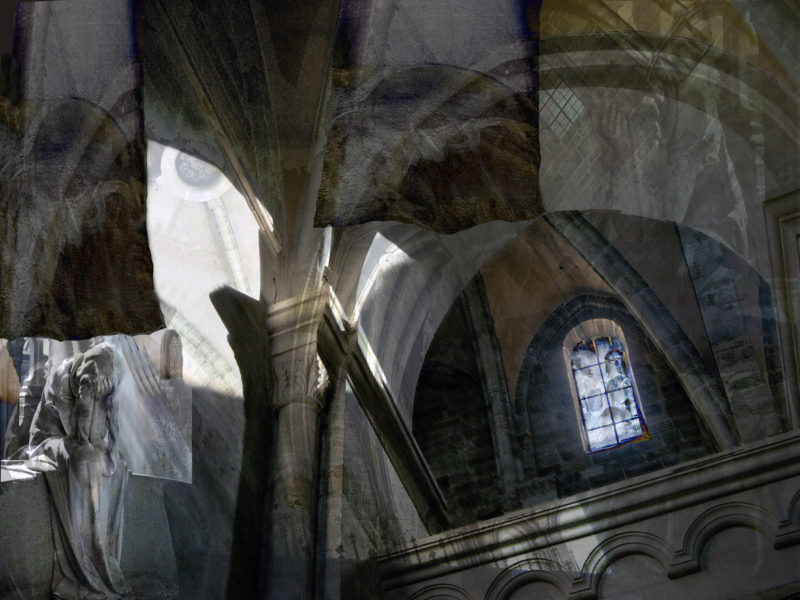Sacrificial Lamb or Sheep for Slaughter?
· The Armed Man/Agnus Dei ·
I remember the collective gasp of students in my social psychology class when they saw a movie about gender differences – often assumed to disadvantage women. They heard Ursula LeGuin, a feminist if there ever was one, hold forth on the fate of young men: across the centuries they were expendable, used as cannon fodder. The role of sacrifice – in the case of the Agnus Dei, the lamb of God, to save all of humanity, in the case of the soldier to save the fatherland – runs through almost all historical narratives like a red thread. Where runs the line, though, between the selfless lamb and the flock of dumb sheep?
Karl Jenkins’ movement Agnes Dei (music here: https://www.youtube.com/watch?v=vgvqkL4qlow) is one in a long succession of sometimes stunning compositions using the liturgical theme (and handily provided by Wikipedia.) Not the worst company….
- The fifth movement of Guillaume de Machaut‘s Notre Dame Mass
- The twenty-fourth movement of Johann Sebastian Bach‘s Mass in B minor
- The seventh part of Wolfgang Amadeus Mozart‘s Requiem
- The tenth part of Ludwig van Beethoven‘s Missa Solemnis
- The sixth movement of Franz Schubert‘s Mass No. 2
- The sixth movement of Robert Schumann‘s Mass in C Minor, Op. 147
- The fifth movement of Gabriel Fauré‘s Requiem
- Movement 5 of John Rutter‘s Requiem
- The fifth movement of Bob Chilcott‘s Little Jazz Mass
- The fifth movement of Ralph Vaughan Williams‘ Mass in G minor (Vaughan Williams)
The montage used a grieving figure from a grave side in a Paris cemetery. It struck me that I found only female figures displaying emotional distress or anguish – the men, if depicted at all, usually have their likeness, mustaches, pith helmets and all, carved in stone, or they are displayed as resting bodies. Mourning is women’s work, it looks like. After all, male display of emotions around death and dying might weaken the resolve of the next round of cannon fodder……



